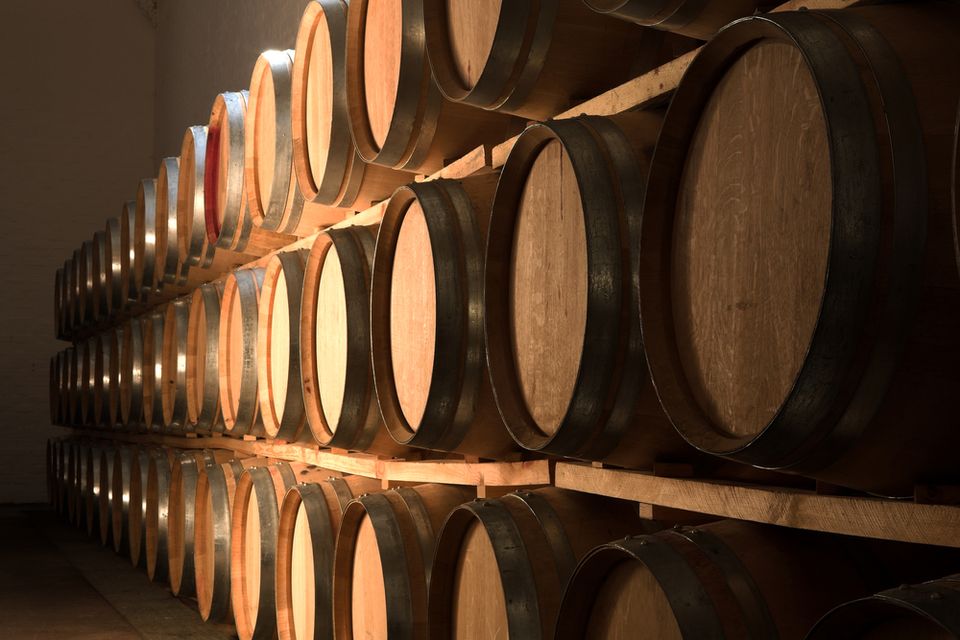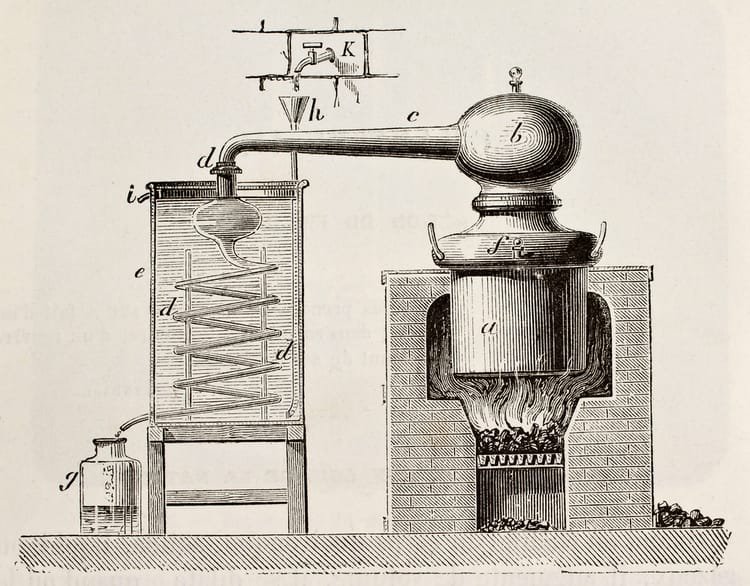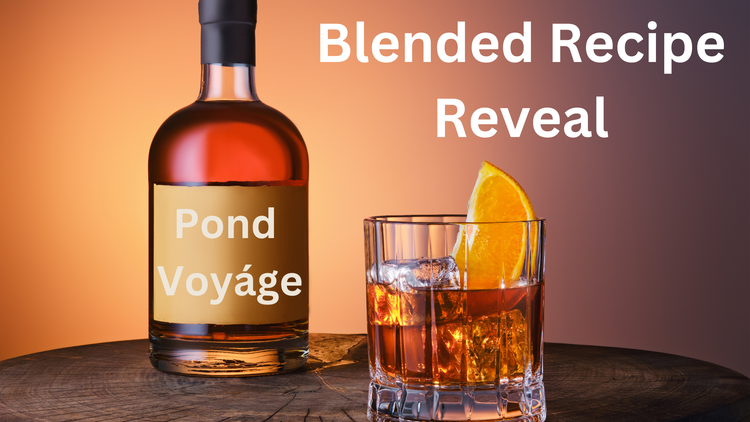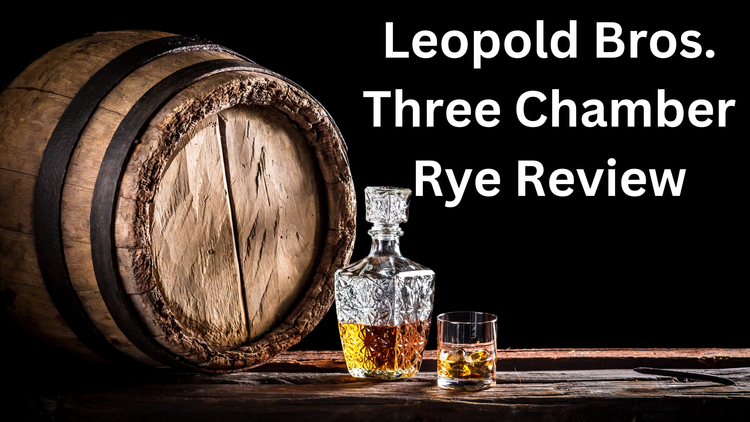Know Your Oak: What Species of Oak Do Distillers Use?

In Scotland and the United States, a whisky must be aged in oak. This decision isn't based on tradition alone. Science backs it up.
First, oak is more watertight than other woods. Structures in many species of oak called medullary rays and tyloses block liquids but allow gases to pass. Therefore, oak casks hold liquids well while allowing oxygen into the barrel as the alcohol evaporates, a key component of flavor creation.
Second, oak has many delicious flavor compounds soluble in water and alcohol. These compounds find their way into the whisky over time and provide new and interesting flavors.
You may have noticed whisky labels that name specific oak species, such as American or European Oak. The choice of oak species dictates the flavors you can expect in the final product. Let's look at the different species of oak commonly used by distilleries and what flavors they provide.
Quercus Alba - White/American Oak
Quercus Alba, or American White Oak, makes up the lion's share of whisky barrels. Bourbon has to be aged in new American Oak to be called bourbon legally. An increasing amount of sherry barrels are also made with American Oak. About 90-95% of maturing spirit in Scotland uses Q. Alba.
Q. Alba imparts flavors of vanilla, coconut, and citrus. Heavily charred barrels can create a caramel flavor, too.
Quercus Robur - European/Limousin/Spanish Oak
Quercus Robur grows in several places throughout Europe, leading to many different names. It grows heavily in Spain and the Limousin region of France, leading to labels calling it Spanish Oak, European Oak, or Limousin Oak. They are all Q. Robur.
Q. Robur is used to age sherry, port, Madeira, wine, cognac, and armagnac. Distilleries love to snatch them up after their initial use to age or finish their whiskies. Q. Robur imparts some vanilla and coconut flavors, adding clove, cinnamon, other spices, leather, and chocolate.
Quercus Garryana - Oregon Oak
Quercus Garryana is a hard-to-source oak that grows on the West Coast of the United States. Westland Distillery in Seattle, Washington, makes an American Single Malt aged in Garryana Oak. I've also heard of some Irish distilleries experimenting with it. It's relatively new to the whisky scene but imparts some unique flavors, making it an enticing piece of terroir.
Q. Garryana provides flavors of dark fruits and tangy smoke, like a barbeque sauce.
Quercus Mongolica - Japanese/Mizunara Oak
Quercus Mongolica grows in Japan and is referred to as Japanese or Mizunara Oak. Q. Mongolica is rare and expensive. The trees have to reach 200 years old before they can be felled to be turned into barrels. They typically have a lot of knots, and the wood is more porous than other species, so you need a larger trunk to start so you can cut the wood to reduce leaks. Q. Mongolica barrels are hard to find and expensive, but some distilleries have invested in them because of the unique flavors Mizunara imparts. An example is Bainbridge Yama, an American Grain Whiskey aged exclusively in Japanese Oak barrels (and quite delicious, by the way).
Q. Mongolica imparts flavors of sandalwood, incense, coconut, vanilla, and spices.
Oak = Delicious
Oak is the source of at least half of the final flavor of a whisky. The job of a master blender/distiller is to find the right types of oak to complement the flavors in the new make. Finding that perfect combination transforms a grain spirit into a complex, mind-blowing whisky. Next time you see a certain species on the label, pay attention to which you like and don't like, and you'll be better able to choose new favorites.





